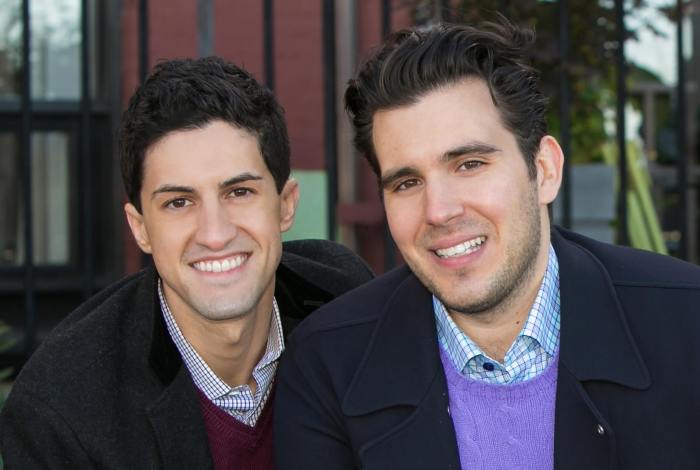Everyone gets stuck. Sometimes we get tripped up completing the simplest tasks — like retrieving a file from someone else’s computer, or picking what to eat for lunch. Sometimes we run into a mental block when working on a creative project or assignment — like, um, an article about getting unstuck. (Seriously, do you know how long it took to startwritingthose two sentences???) And other times it’s the big stuff that leaves us paralyzed with indecision or self-doubt: what we want to do with our lives, where we want to live, whether — or when — we want to start a family. Stanford d.school professor Bernard Roth teaches an entire class on, well, getting stuff done. His students have to come up with and complete one big task per term, anything from producing a radio show to building a rocket to completing a triathlon. And his new book, “The Achievement Habit: Stop Wishing, Start Doing, and Take Command of Your Life,” applies the insights gleaned from 40 years of teaching people how to achieve their goals. “I started teaching this course in the ‘70s, and at the time I felt that education, particularly in engineering, was giving you a lot of information about a lot of things, but not about yourself,” he says. “And I felt as an educator, that’s part of what I should be doing: giving people a chance to grow in terms of self-realization and change the things that are dysfunctional in their lives and amplify things that work for them.” We asked Roth for some suggestions on how to get started already.
Reframe your problem
The reason why so many people get stuck? Because, Roth says, they’re often asking the wrong question, or identifying the wrong thing as the problem.
“For example, the other day I rented a car, and I couldn’t find where the release was for the gas tank cap,” he explains. “I spent about 20 minutes trying to find the release button before I saw a similar car getting gas. I went over, and I said, ‘Where did you get the release?’ He said, ‘There is no release just open the cap.’” So if Roth had asked himself “How do I get the cap open?” instead of “How do I find the release button?” — well, he wouldn’t have had a problem at all.
This works for not only the most mundane everyday tasks (like refueling your car), but the monumental ones too. Says Roth: “If people back off and reframe their question and find the right problem, often the answer is right there.” Draw it out
In his book, Roth includes 22 exercises that can help readers conquer a mental block, and a lot of them include visuals — from storyboards to mind maps to all sorts of diagrams. Visuals not only help clarify and give shape an idea; it also unleashes creative thinking. “I love words — I wrote a book with words — but synthesizing information visually is more holistic for most of us,” says Roth. “Pictures just encapsulate so much more information and nuance — they’re more evocative.” Work really, really hard
As much as drawing maps, brainstorming, talking your problems out or even rearranging your workspace can help speed along the creative process, there’s one technique that Roth swears by: hard work. “Sometimes things come to me in a flash, but most of the time it comes after a lot of hard work and frustration,” he says. And often, you have to start working before feeling inspired. “There’s no magic bullet — most of the time attention and intention and just doing are the most important and productive things you can do.”
The secret to getting unstuck

iStock


















